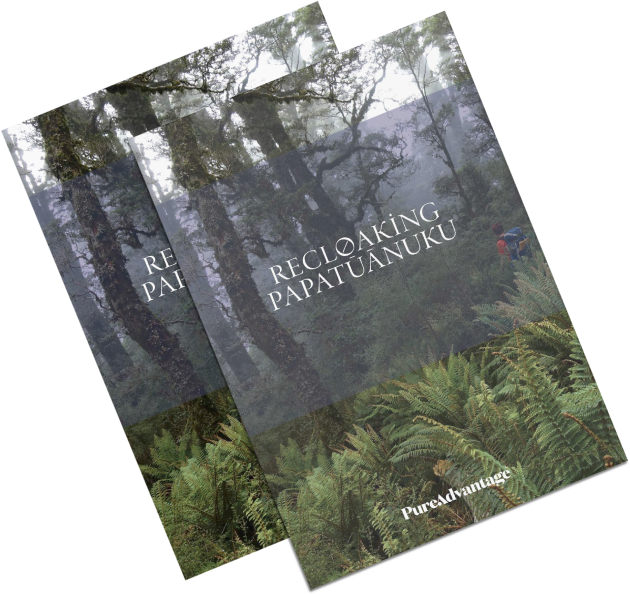Once, New Zealand was cloaked in a rich array of indigenous forests, alive with the song of birds, and our rivers and streams ran clear. Yet, since settlement began 800 or so years ago, we have progressively removed 82% of the natural forest cover, destroying the habitat of many plant and animal species, and increasing the vulnerability of our landscapes at great cost to our economy, our biodiversity, and our future.
At the same time we have introduced deliberately or by accident a multitude of invasive plant animal and fungal species that are further impacting our Indigenous biodiversity. And these impacts will only get worse with climate change.
Today, we face a climate and biodiversity crisis. In 2020, Aotearoa’s Government declared a climate emergency, recognising climate change as “one of the greatest challenges of our time”. Since then, the risk of surpassing irreversible climate and ecological tipping points has continued to increase, and we are already witnessing the devastating effects of increasingly frequent and severe weather events, prompting the United Nations Secretary General to announce recently that “the era of global boiling has arrived”.
Despite this alarming context, our current regulatory settings and incentives for mitigating climate change are failing to:
(a) Drive urgent gross emissions reductions at source and at scale;
(b) Secure enduring, biodiverse and resilient long-term carbon sinks for future generations;
(c) Reverse the catastrophic decline of our indigenous flora and fauna;
(d) Protect our freshwater and marine ecosystems;
(e) Encourage land-use diversification over intensification; and
(f) Harness opportunities to weave climate and ecosystem resilience into our landscapes and our communities.
These are critical and interdependent issues, requiring a step change in urgency and ambition of action.
A national initiative of indigenous reforestation and restoration presents a cost-effective, high value opportunity to address all of these comprehensively, and simultaneously.
Pure Advantage and Tāne’s Tree Trust, with a growing alliance of signatories, including mana whenua groups, have scoped the need and potential for such an initiative.
The outcome of considerable research, outreach, and multi-stakeholder input and support, Recloaking Papatūānuku proposes to deploy indigenous reforestation and restoration at scale as a nature-based solution to climate change and biodiversity loss, and to build resilience to gradual onset change and sudden shocks across the whenua.
In support of these ends, this national initiative seeks to expand the seed of an idea planted in 2021 by whānau living on highly erodible, flood-prone land in Tairāwhiti. In a regional event called “Recloaking the Whenua”, whānau focused on how best to get diverse indigenous forest back on the land. Recloaking Papatūānuku aims to realise that aspiration for not only Tairāwhiti, but across all of Aotearoa New Zealand.
The support of, and partnership with, mana whenua for this initiative are essential to its success. Its approach must recognise the unique connection mana whenua share with their land, be informed by mātauranga and tikanga Māori, and fully realise Te Tiriti’s principles of partnership, protection, participation, and equity.





